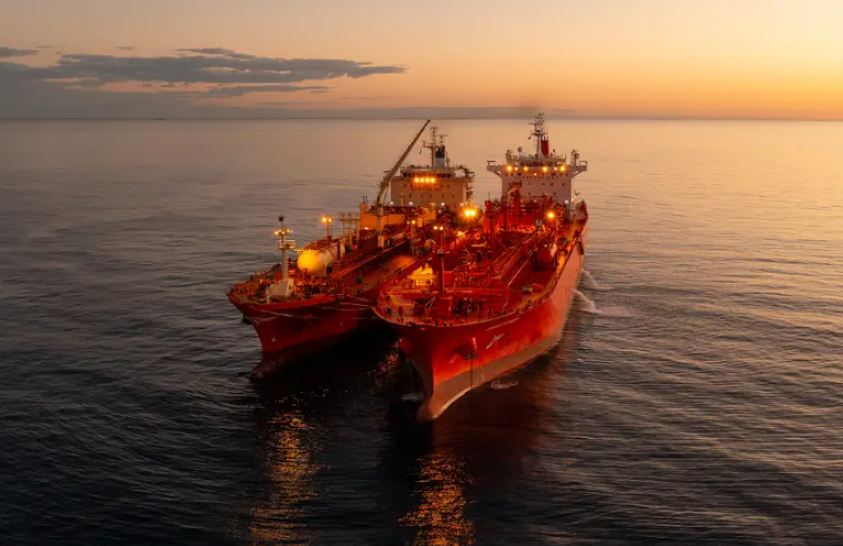Yara Clean Ammonia (YCA) has helped complete a ship-to-ship (STS) ammonia transfer at anchorage in Western Australia—an operational milestone that could reshape the future of zero-to-near-zero emission fuels in the maritime sector.
The trial, conducted in the waters off Port Dampier, marks the first offshore ammonia bunkering operation under real-world conditions and provides a critical proof point for ammonia as a viable marine fuel.
The pilot was executed in collaboration with the Global Centre for Maritime Decarbonisation (GCMD) and the Pilbara Port Authority (PPA), using the gas carriers Navigator Global and Green Pioneer under stringent safety protocols. Yara, the world’s largest trader and distributor of ammonia, played a central role—supplying the ammonia, chartering one of the vessels, and contributing to comprehensive safety planning, including risk assessments and emergency response protocols.
The transfer operation comes at a pivotal moment for the shipping industry, which faces mounting regulatory and commercial pressure to reduce greenhouse gas emissions. While ammonia remains chemically complex and poses inherent risks in handling, it offers a carbon-free combustion pathway if used appropriately. This trial—building on a prior GCMD ammonia safety study in Singapore—demonstrates that ammonia STS transfers can be conducted safely with the right control measures and contingency planning in place.
For Yara, the effort goes beyond operational execution. The company is leveraging its industrial footprint in the Pilbara to position itself as a regional supply chain leader for maritime ammonia. It operates an 850,000 tonne per year ammonia plant in Karratha, with roughly 70% of production already exported through Port Dampier. Project Yuri, a renewable ammonia facility currently in development, is also expected to begin operations in 2026—further supporting the integration of green molecules into marine and industrial applications.
While this STS operation represents a localized success, the implications are global. With organizations like the International Maritime Organization (IMO) pushing toward net-zero targets by 2050, viable alternative fuels and bunkering infrastructure remain foundational challenges. Ammonia—particularly in its renewable and low-carbon forms—continues to gain traction among cargo owners and fuel suppliers, even as technical and safety hurdles persist.
By completing a real-world ammonia transfer at anchorage, the consortium behind this pilot has provided critical data that will inform future deployments. In the process, it strengthens the case for ammonia as not just a theoretical solution, but an operational one—capable of scaling if industry consensus and infrastructure investment follow.
Stay updated on the latest in energy! Follow us on LinkedIn, Facebook, and X for real-time news and insights. Don’t miss out on exclusive interviews and webinars—subscribe to our YouTube channel today! Join our community and be part of the conversation shaping the future of energy.
